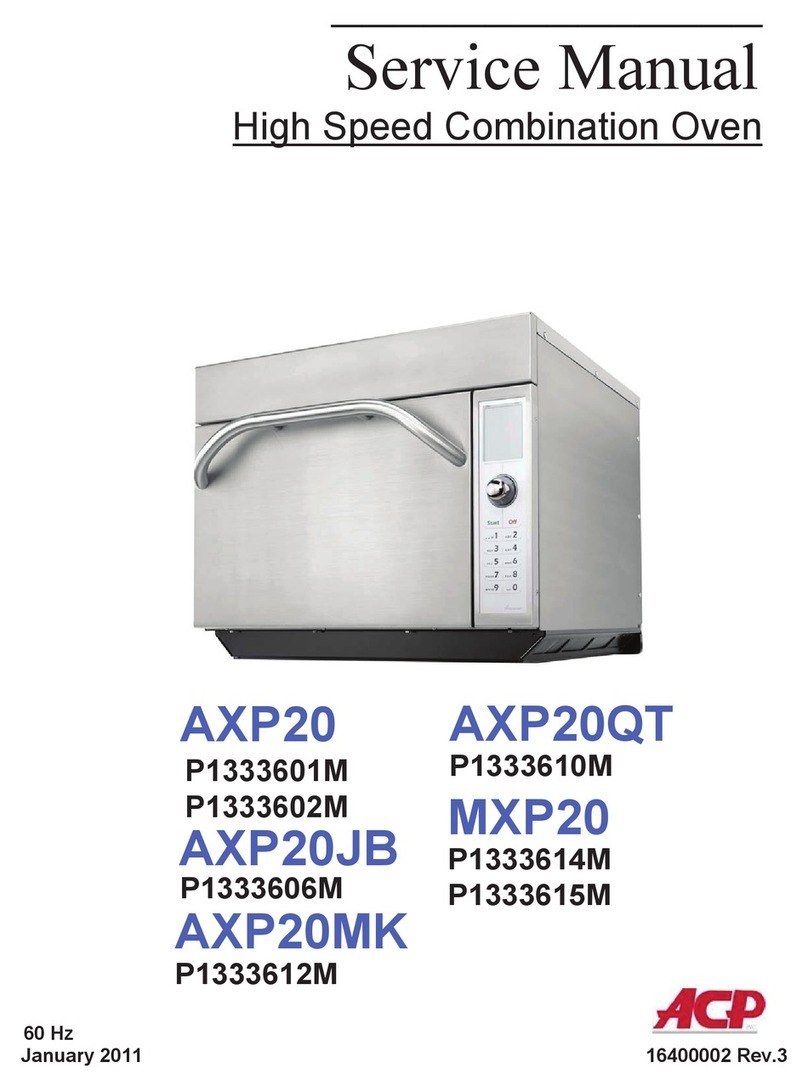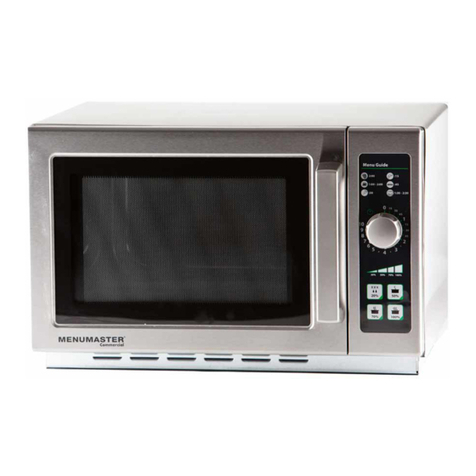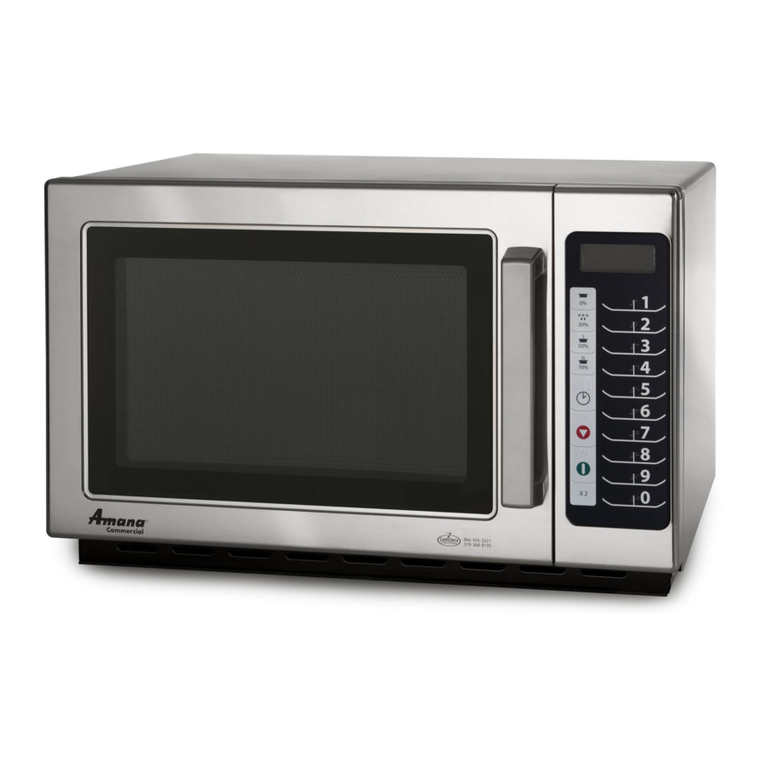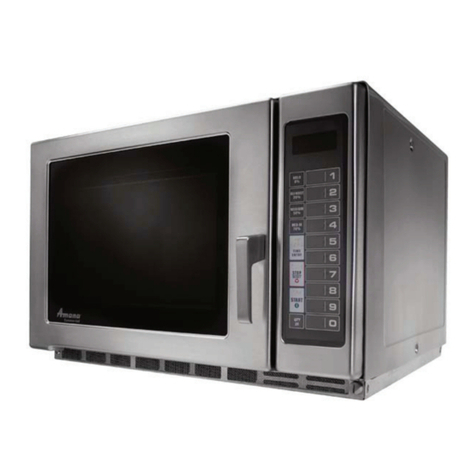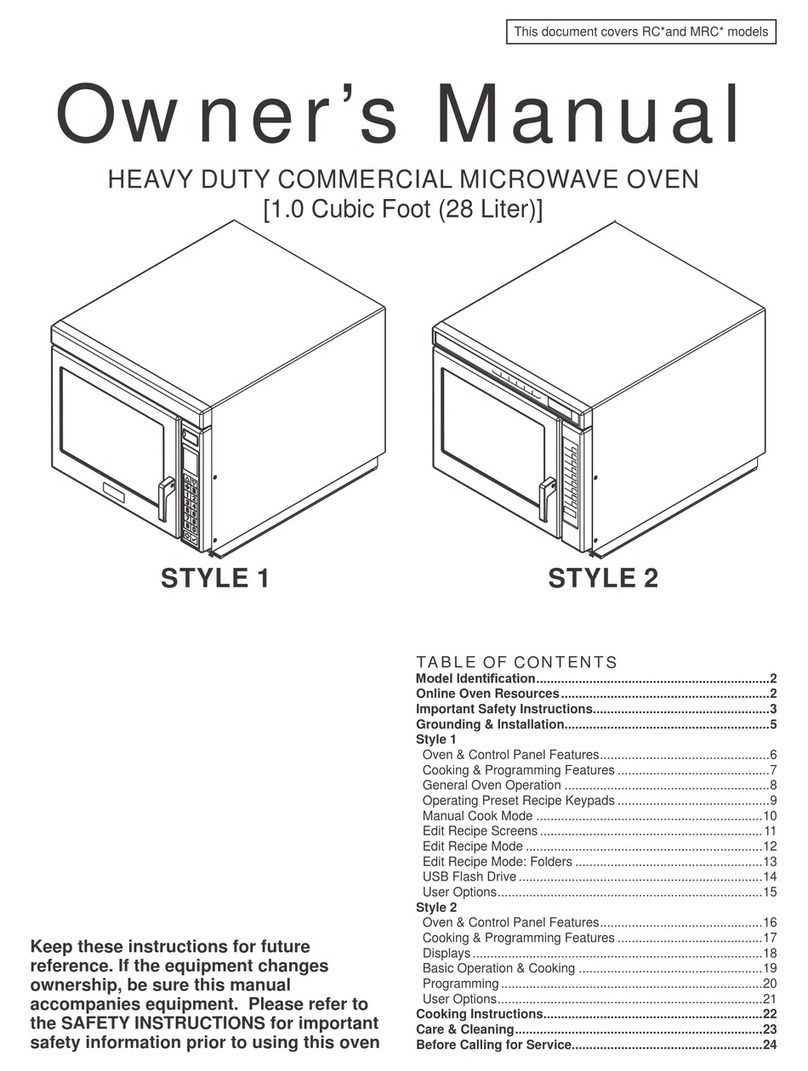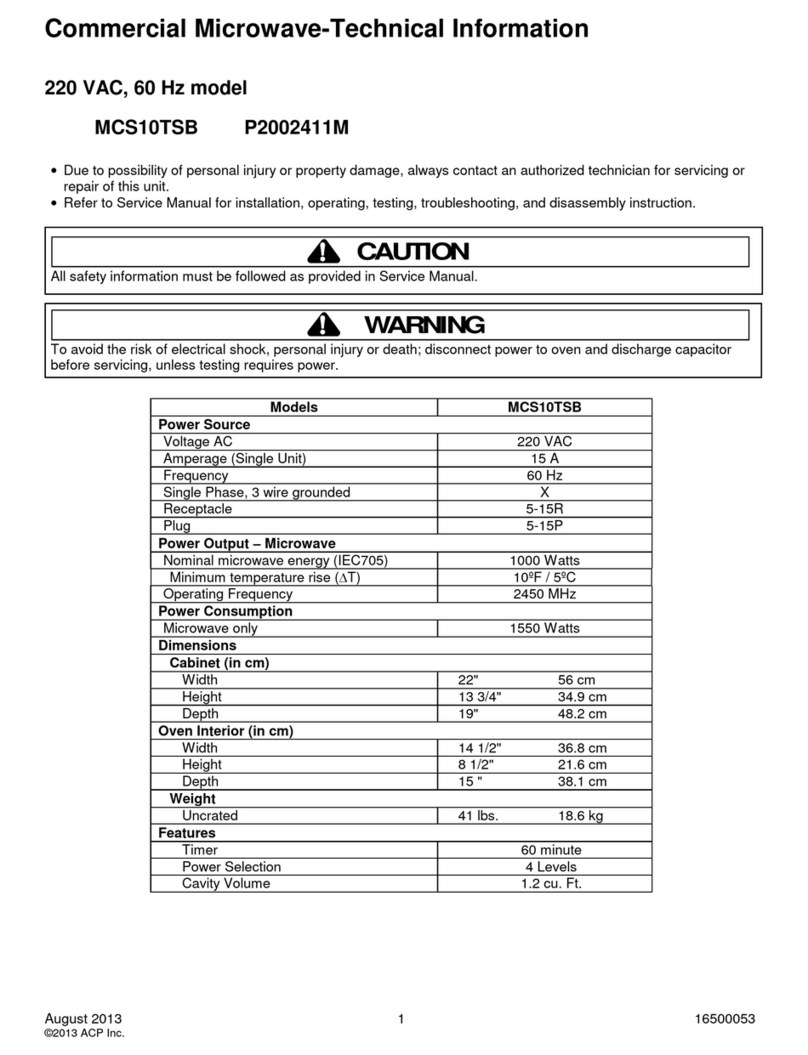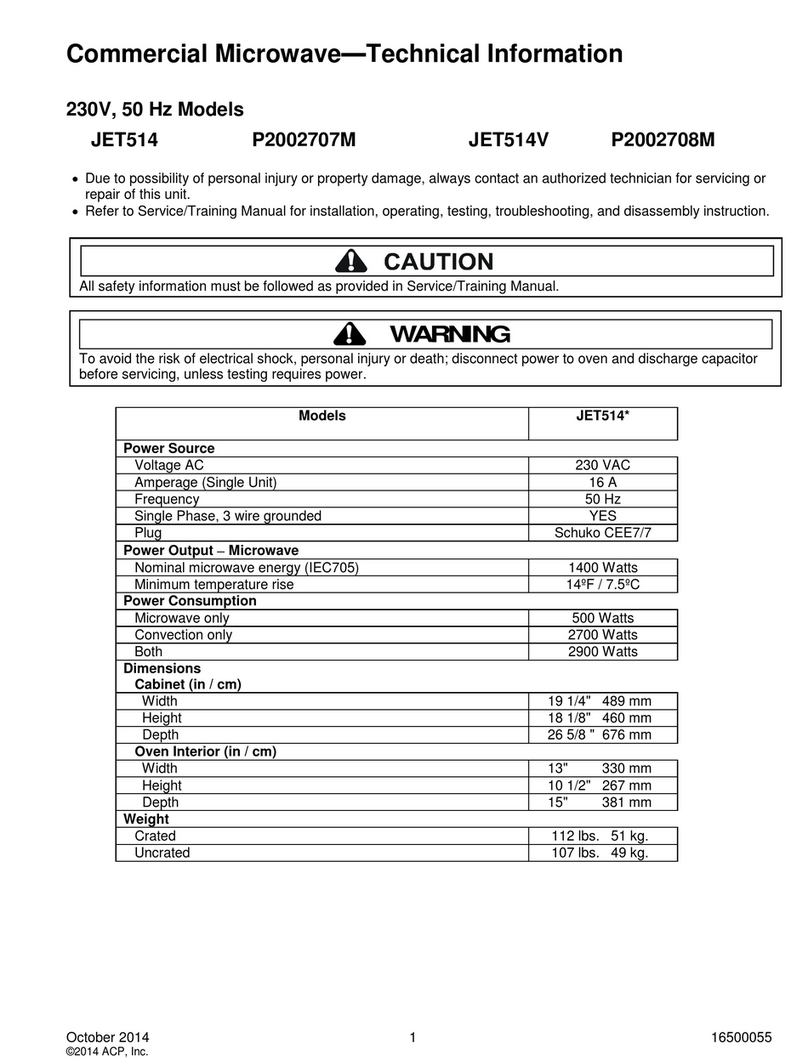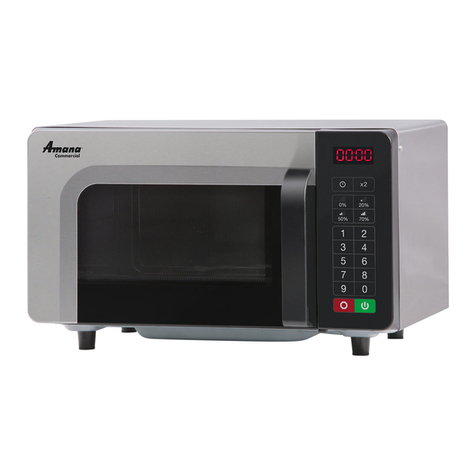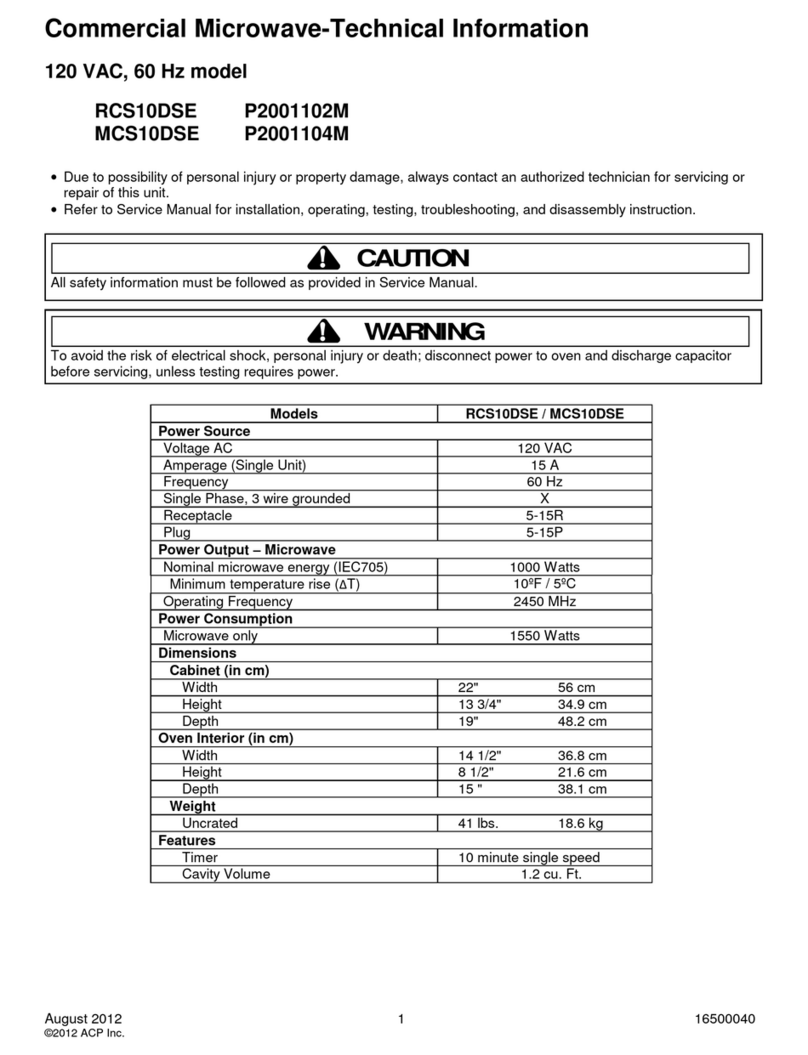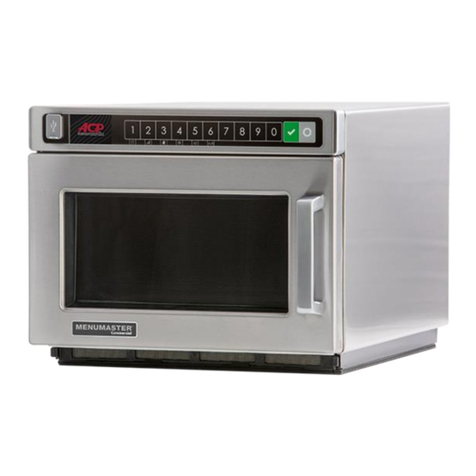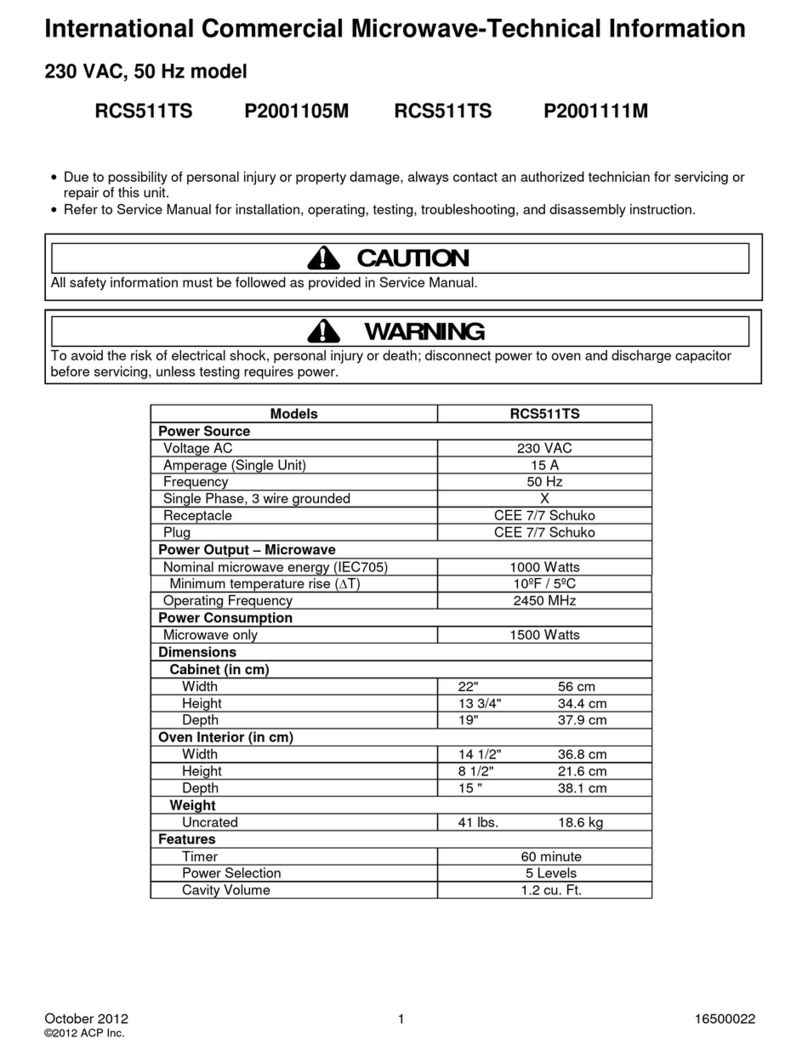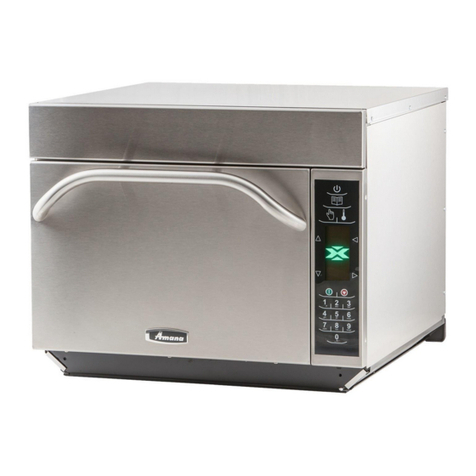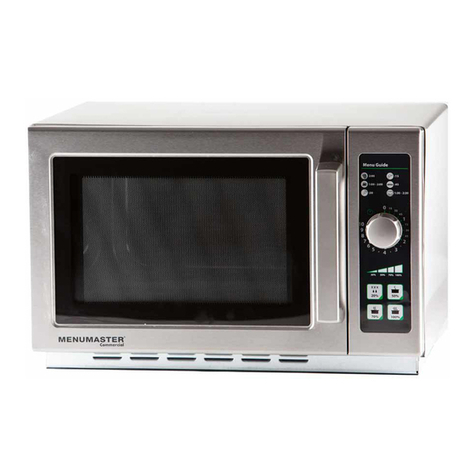
4
IMPORTANT SAFETY INSTRUCTIONS
WARNING
WARNING
To avoid risk of fire in the oven cavity:
a. DO NOT overcook food. Carefully attend oven when
paper, plastic, or other combustible materials are
placed inside the oven to facilitate cooking.
b. Remove wire twist-ties from paper or plastic bags
before placing bag in oven.
c. If materials inside the oven ignite, keep oven door
CLOSED, turn oven off and disconnect the power
cord, or shut off power at the fuse or circuit breaker
panel.
d. DO NOT use the cavity for storage. DO NOT leave
paper products, cooking utensils, or food in the cavity
when not in use.
Liquids such as water, coffee, or tea are able to be overheated
beyond the boiling point without appearing to be boiling due to
surface tension of the liquid. Visible bubbling or boiling when the
container is removed from the microwave oven is not always
present. THIS COULD RESULT IN VERY HOT LIQUIDS
SUDDENLY BOILING OVER WHEN A SPOON OR OTHER
UTENSIL IS INSERTED INTO THE LIQUID. To reduce the risk
of injury to persons:
i) Do not overheat the liquid.
ii) Stir the liquid both before and halfway through heating it.
iii) Do not use straight-sided containers with narrow necks.
iv) After heating, allow the container to stand in the microwave
oven for a short time before removing the container.
v) Use extreme care when inserting a spoon or other utensil into
the container.
CAUTION
or property damage, observe the following:
1. Do not deep fat fry in oven. Fat could overheat and
be hazardous to handle.
2. Do not cook or reheat eggs in shell or with an
unbroken yolk using microwave energy. Pressure
may build up and erupt. Pierce yolk with fork or
knife before cooking.
3. Pierce skin of potatoes, tomatoes, and similar foods
before cooking with microwave energy. When skin
is pierced, steam escapes evenly.
4. Do not operate equipment without load or food in
oven cavity.
5. Use only popcorn in packages designed and labeled
for microwave use. Popping time varies depending
on oven wattage. Do not continue to heat after
popping has stopped. Popcorn will scorch or burn.
Do not leave oven unattended.
6. Do not use regular cooking thermometers in oven.
Most cooking thermometers contain mercury and
may cause an electric arc, malfunction, or damage to
oven.
7. Do not use metal utensils in oven.
8. Never use paper, plastic, or other combustible
materials that are not intended for cooking.
9. When cooking with paper, plastic, or other combustible
materials, follow manufacturer's recommendations on
product use.
10. Do not use paper towels which contain nylon or other
synthetic fibers. Heated synthetics could melt and cause
paper to ignite.
11. Do not heat sealed containers or plastic bags in oven.
Food or liquid could expand quickly and cause container
or bag to break. Pierce or open container or bag before
heating.
12. To avoid pacemaker malfunction, consult physician or
pacemaker manufacturer about effects of microwave
energy on pacemaker.
13. An authorized servicer MUST inspect equipment
annually. Record all inspections and repairs for future
use.
14. Clean oven regularly and remove any food deposits.
15. To avoid surface deterioration, keep the oven in a clean
condition. Infrequent cleaning could adversely affect the
life of the appliance and possibly result in a hazadous
situation.







